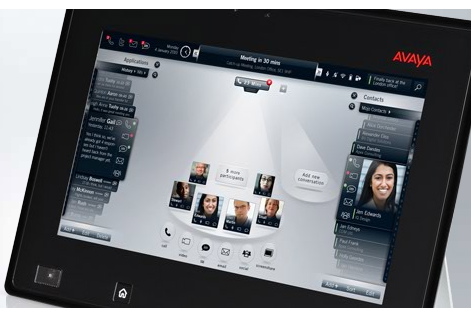Tim Greene wrote a piece at NetworkWorld March 6, 2008 entitled, How to future-proof your video conferencing gear without breaking your wallet.
The post really got me a little hot and bothered. Ira Weinstein from Wainhouse Research made several, somewhat naive (IMHO) suggestions such as upgrade the mics or deploy bigger monitors. My reaction was pretty raw in the word pictures – but you get the idea:
While it's true you can bolt a gasoline engine on the back of a horse to make it move faster – the results just aren't the same as buying a car.
Let's face it. Standard definition video conferencing over ISDN lines are awful business experiences. The session setups hurt (if they actually connect), the vacuum tube TVs are low resolution and the rooms they fit in are hard surfaces with bad acoustics and dim lighting. People didn't put the energy into the complete experience as modern High Definition and telepresence engineers do.
Surprise, these things matter.
I disagree with Ira that some organizations are better off tweaking their lowsy implementations. The room with the bad audio has been tainted. Adding ceiling mics won't bring the users back. A whole new approach will. Enter HD. While I agree that not every organization can value the careful experience engineering of a telepresence suite at a quarter million dollars each (usually more), surely most can afford to invest $20-$50k to redo the gear and the room. That's about what you'd spend on improving your home media center, so it's about the right budget. Accelerating a 286 really isn't much of a return on investment no matter how inexpensive the accelerator card might be. Better to gut the box and enter the 21st Century with a fresh view.
When was the last time you watched a VHS movie? So why would you ask your customers to endure that experience?









